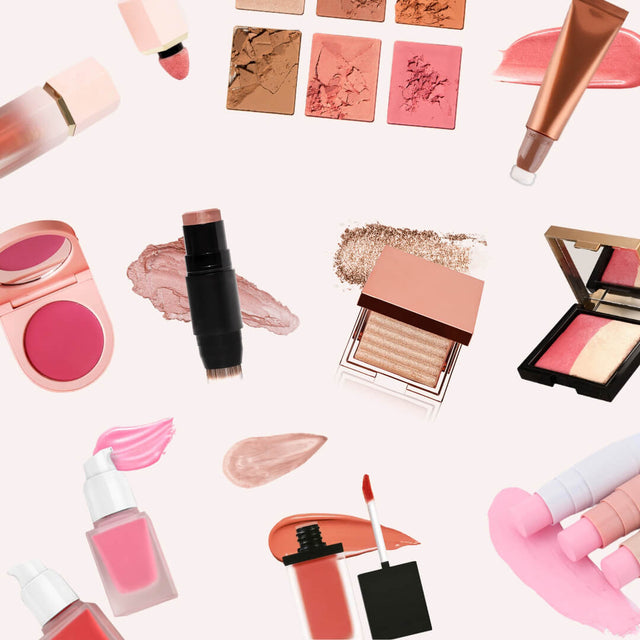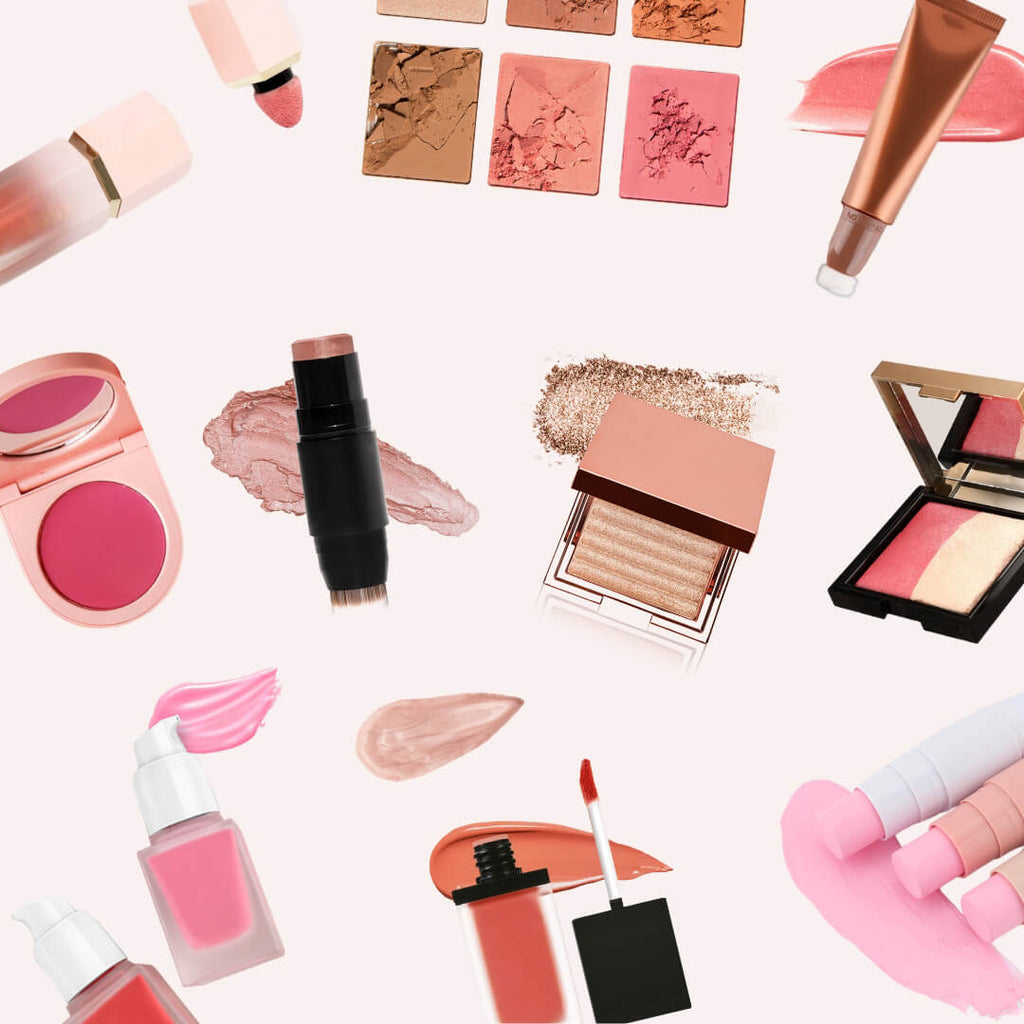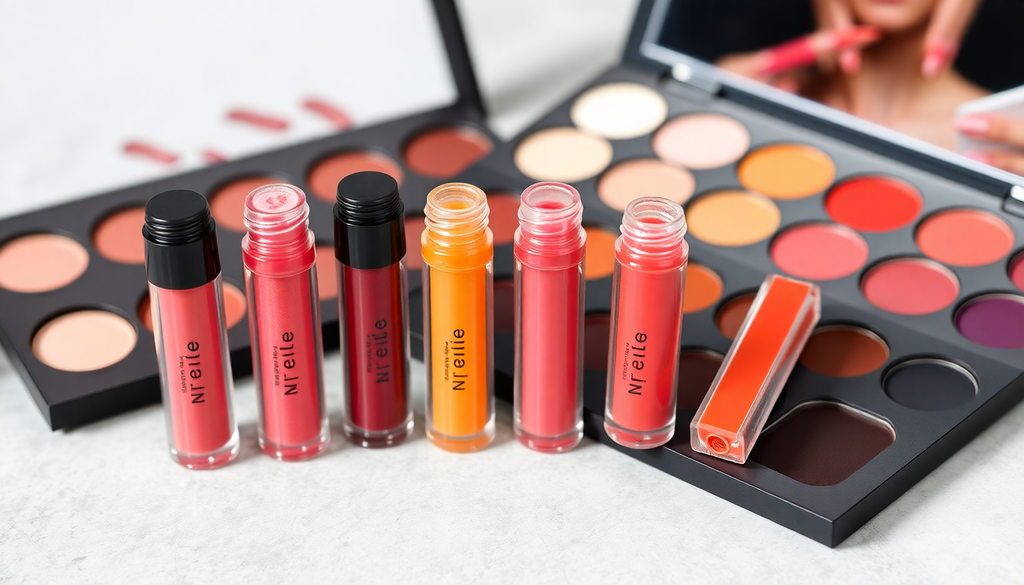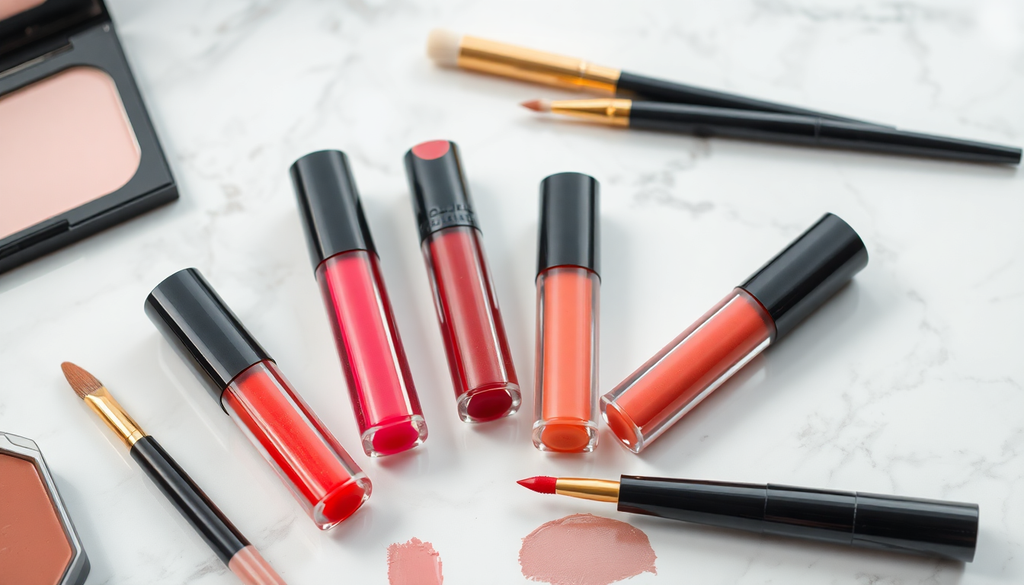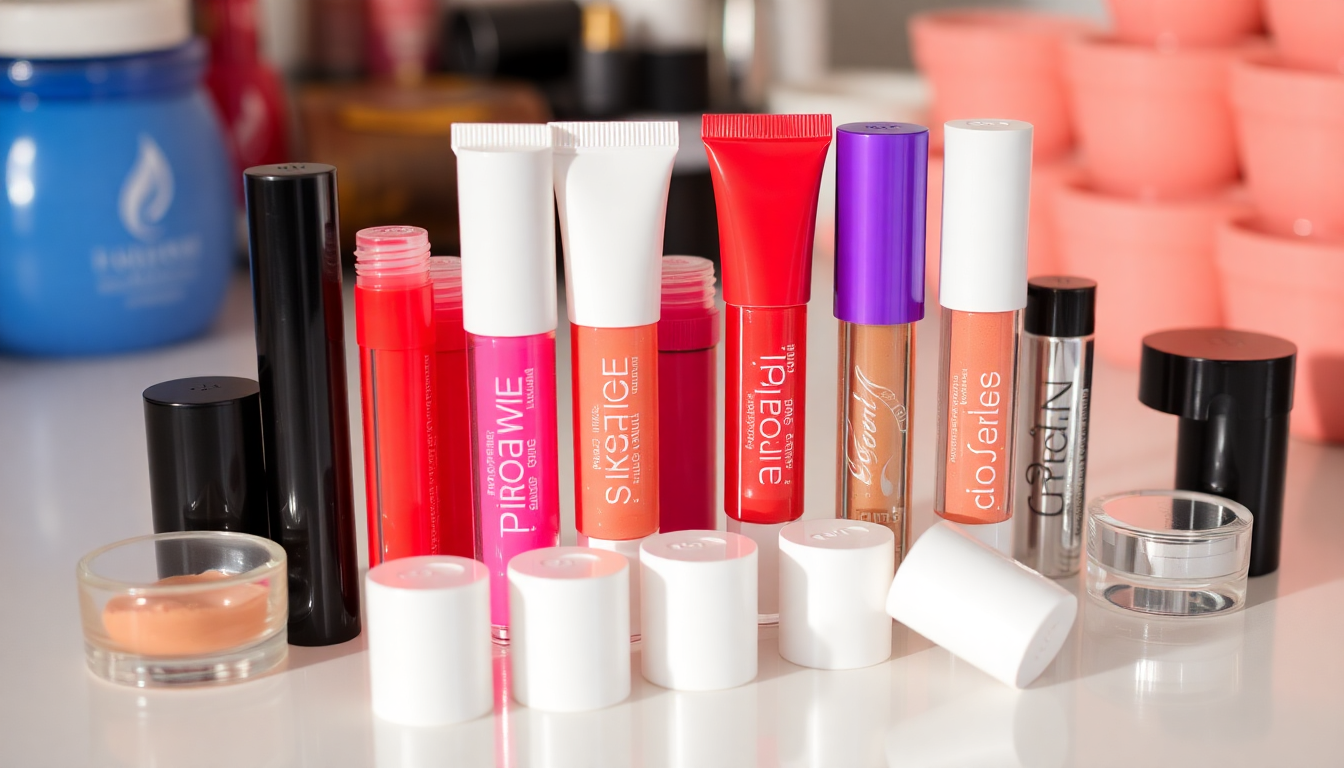
Step-by-Step Guide to Launching Your Private Label Lip Gloss with Confidence in 2025
Introduction: Why Lip Gloss Is a Hot Commodity in 2025
In the dynamic world of beauty, lip gloss has surged back into the spotlight, becoming a must-have for consumers seeking that perfect shine and plump look. The global lip gloss market is booming, with projections estimating it will reach over $XX billion by 2025, driven by a consumer shift towards vegan, sustainable, and multi-functional products (Source: NPD Group). This presents a golden opportunity for small and medium beauty entrepreneurs to carve out their own space by launching a private label lip gloss line. Whether you're an aspiring brand or an established company interested in diversifying your product portfolio, understanding the ins and outs of product development, packaging, and marketing is essential.
Why Launch a Private Label Lip Gloss in 2025? The Top Reasons
Devising your own private label lip gloss offers numerous benefits, especially in today’s competitive beauty market. Here are some compelling reasons:
- Market Growth & Demand: As of 2025, the lip gloss market continues its upward trajectory, with year-over-year growth of approximately 8-10%.
- Consumer Preferences: Millennials and Gen Z consumers favor glossy, hydrated lips with shades that match their personal style. This leads to high repeat purchase rates.
- Low Barrier to Entry: With private labeling, you can leverage existing formulations and packaging options to quickly bring products to market.
- Brand Differentiation: Custom shades, packaging, and marketing enable your brand to stand out in a crowded marketplace.
- Profit Margins & Pricing: High perceived value allows for premium pricing, often between $8-$20 retail, depending on branding and packaging.
Step 1: Developing Your Lip Gloss Formula – What Beginners Must Know
Understanding Basic Components of a Lip Gloss
Creating a lip gloss isn’t rocket science, but it does require understanding core constituents that determine texture, shine, durability, and safety. The essential elements include:
- Base Oils & Butters: Options like castor oil, jojoba oil, shea butter, and coconut oil provide hydration and smooth application.
- Gloss Agents: Mica and synthetic polymers add shine and optical effects. For vegan formulations, ensure the ingredients are synthetic or plant-derived.
- Film Formers & Adhesives: These help the gloss stay on longer without feeling sticky or heavy.
- Pigments & Colorants: Use cosmetic-grade safe pigments to create trendy shades. Incorporate natural or synthetic options based on your brand values.
- Preservatives & Stabilizers: Essential for product safety and shelf-life extension.
Beginner-Friendly Formulation Tips
- Start with Non-Sticky Formulas: Participants often prefer glosses that don’t feel tacky—test different ratios of oil to film formers to achieve this.
- Vegan & Cruelty-Free Focus: Use plant-based alternatives and avoid animal derivatives. Look for certified vegan ingredients to align with today's ethical standards.
- Cost-Conscious Ingredients: Aim for ingredients costing around $0.50–$1.00 per gram for 1,000-unit batches. Source from reputable ingredient suppliers who cater to small-batch startups.
- Safety & Compatibility Testing: Always perform patch tests and stability tests to ensure product safety and longevity.
Action Checklist for Formulation
- Select your primary base oils and gloss agents.
- Create small test batches and evaluate texture, shine, and adhesion.
- Record ingredient ratios meticulously for future scaling.
- Test for stability under different conditions (heat, light, humidity).
- Ensure your formulation is vegan, cruelty-free, and compliant with cosmetic regulations.
Step 2: Packaging That Sells – From Budget-Friendly to Luxurious
Understanding Packaging Options & Costs
Packaging dramatically influences consumer perception and repeat buys. It’s the canvas of your brand. Here are choices based on value and branding:
- Budget-Friendly Options: Plastic squeeze tubes or doe-foot applicators at less than $0.80/unit. Ideal for startups aiming for affordability with ample room for branding.
- Eco-Conscious & Sustainable: Sugarcane tubes, recycled plastic, or glass jars with metal or biodegradable applicators. These may cost $1.00–$1.80 per unit but appeal to eco-aware buyers.
- Premium & Luxe: Custom-designed glass jars or sleek aluminum tubes with high-end labels. Often priced above $2.00 per unit but command higher retail margins.
Designing Packaging for Maximum Impact
Ensure your packaging aligns with your brand identity—minimalist, colorful, or ultra-sustainable. Work with suppliers that offer low minimum order quantities (MOQs) and provide prototypes. Remember, durability and ease of use are key.
Action Checklist for Packaging
- Source samples to evaluate quality and compatibility with your formulation.
- Prioritize sustainable options that match your brand values.
- Design labels that highlight ingredients, vegan certification, and eco-friendliness.
- Calculate per-unit costs based on packaging chosen, surfacing for pricing strategies.
- Secure packaging designed for safety, tampering resistance, and splash prevention.
Step 3: Curating a Winning Color Palette – The Art of Shade Selection
The Power of Color & Trend Alignment
Choosing shades isn’t just about personal preference; it’s strategic. Each color communicates a message and appeals to specific demographics. In 2025, some top shades to consider include:
- Warm nudes (Pantone 16-1546, Living Coral)
- Rich berries (Pantone 19-1629, Scarlet Sage)
- Soft pinks (Pantone 13-2910, Rose Quartz)
- Seasonal pops like coral or vibrant reds
Building Your Initial Shade Collection
- Select core shades that appeal to your target market—think about skin tones and trending looks.
- Request prototype samples from formulators and color labs—test under various lighting conditions.
- Gather feedback from potential customers or influencers to refine shades.
- Align shades to Pantone codes to maintain consistency across batches.
- Seasonal updates: keep a list of trendy shades to introduce periodically, boosting repeat sales.
Action Checklist for Shades
- Pick 5 foundational shades covering different preferences.
- Create color prototypes and get feedback.
- Establish color formulations with your manufacturer for reproducibility.
- Document Pantone codes and specific pigment instructions.
- Plan seasonal shade additions to stay relevant and exciting.
Step 4: Cost Management & Pricing Strategies for Profitable Launches
Realistic Cost Breakdown
Understanding your costs upfront ensures profitability. Here’s a typical breakdown for a batch of 1,000 units:
- Formulation & Raw Materials: $0.50–$1.00 per unit
- Packaging & Labels: $0.70–$1.50 per unit
- Manufacturing & Processing: Included in production costs or additional if outsourced
- Certifications & Safety Tests: Allocate approximately 5% of your total costs for safety testing, vegan certifications, and compliance.
- Shipping & Import Duties: Variable based on origin; plan for 10-15% of total costs.
Pricing for Retail & Profitability
Aim for retail prices between $8 and $20, balancing your target market and brand positioning. For example, a premium sustainable gloss might retail at $15–$20, offering a healthy markup while remaining accessible.
Notes:
- Consider offering bundle discounts or seasonal promotions to boost sales.
- Offer sample sizes or mini sets to attract new customers and encourage repeat purchases.
Manufacturer’s Corner: How We Make Private Label Lip Gloss Development Painless and Efficient
Partnering with an experienced manufacturer can streamline your product launch significantly. At our facility, our process includes:
- Customized Formulation: Collaborate with our expert formulators who specialize in vegan, non-sticky lip glosses tailored to your vision.
- Flexible MOQ: Starting at just 500 units, making it easier for startups to test the market without heavy investment.
- Eco-Friendly Packaging: Wide selection of sustainable packaging options designed for branding flexibility.
- Transparent Pricing & Support: No hidden fees, clear estimates, and ongoing assistance from concept to delivery.
- Regulatory & Safety Compliance: We handle safety testing, certifications, and labeling to ensure your product is market-ready in all regions.
Final thought: Your journey to launching a successful private label lip gloss starts with the right partner. We help you navigate formulation, packaging, and compliance with ease. Ready to bring your lip gloss vision to life? Request our private label lip gloss starter kit today and take the first step to a glossy future!
Conclusion: Your Path to a Glossy Success in 2025
Launching your own private label lip gloss line in 2025 isn’t just about creating another product; it’s about building a brand that resonates with modern consumers who value quality, ethics, and style. With careful formulation, eye-catching packaging, a strategic color palette, and smart cost management, you’ll be poised for success. Remember, every great brand starts with a dream — then takes action. Leverage our expertise, and together, we can help you make your mark in the booming lip gloss market.
Ready to start your journey? Contact us today and discover how easy it is to create custom cosmetics that customers will love. Let’s make your automated, confident launch a reality!

